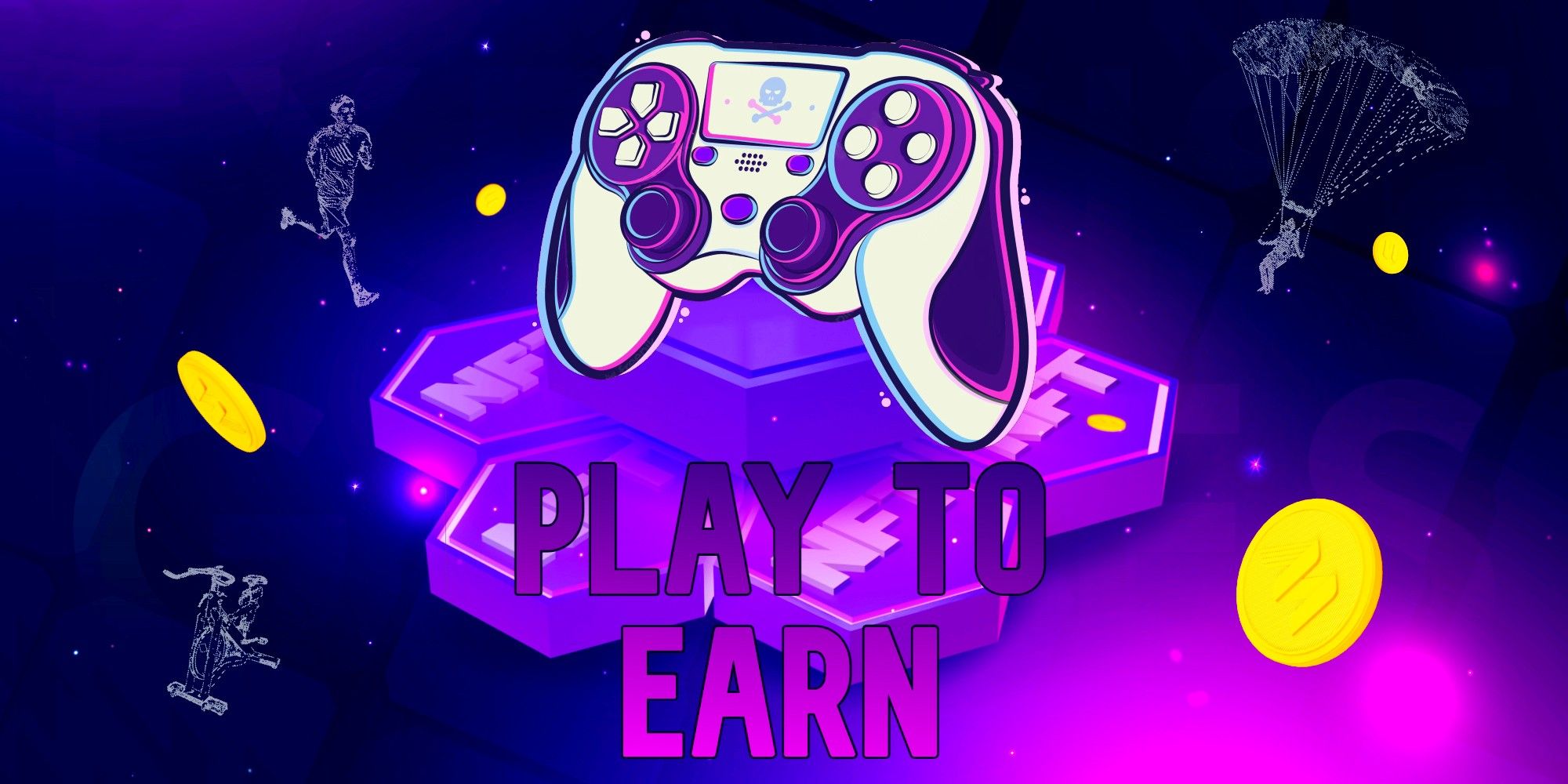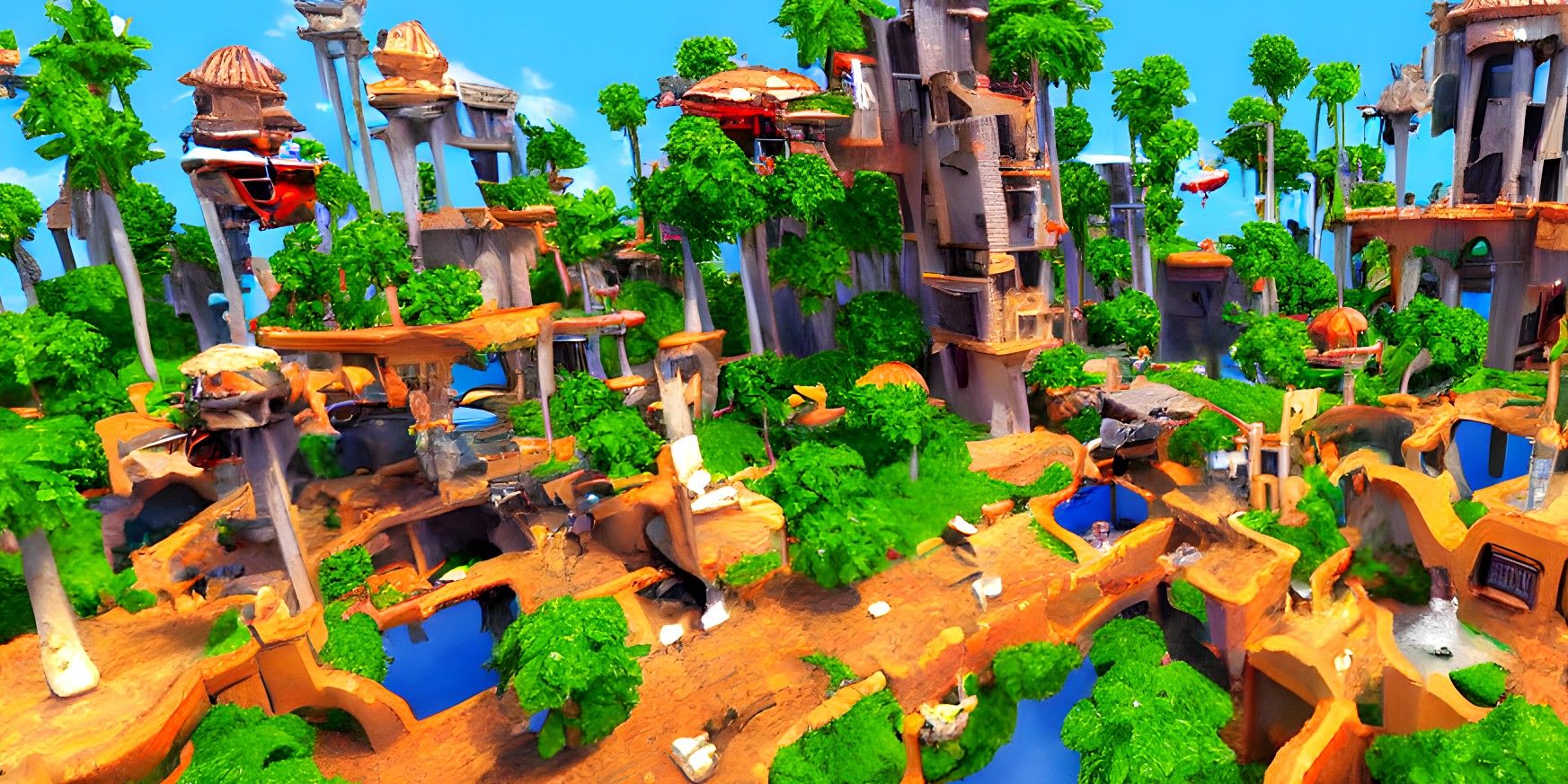Play-To-Earn (P2E) games are NFT-based Web3 games that pay users for playing and advertise themselves as income-generating opportunities, but it is realistically impossible for these games to sustain profits for all players indefinitely. Developing a game that allows players to craft, earn, and sell in-game items with a real-world value is not difficult thanks to blockchain technology, but problems arise when game developers advertise the game as an income source or investment opportunity for all players.
While some games denominate their in-game items in fiat currency, the overwhelming majority of online games are built on virtual economies that have no real-world value. Thanks to blockchain and Web3, it is now easy to create digital property with real-world value, and implementing non-fungible tokens and cryptocurrencies into web applications is also easy. The allure of P2E gaming comes from the frustration of players who invested years of their lives playing online games and earning/crafting high-quality player gear and amassing in-game fortunes, only for all of their efforts to mean nothing when they quit the game. Many players wish they could sell their in-game items to other players willing to pay money for them, but this kind of value exchange was previously impossible (or very difficult), until the creation of Ethereum and its ETH cryptocurrency.
As BEAT esports co-founder Bill Elafros discusses in an in-depth article on the subject, P2E games typically suffer from a combination of several issues. They are too shallow or boring to engage casual players, have unsustainable in-game economies powered by the same player base as all other P2E games, and too many P2E players hold unrealistic expectations of profit rather than just having fun. Many P2E games shoot themselves in both feet by placing high financial barriers to entry for new players, only for small changes to the game's dynamics to result in economic destruction. What's worse, in-game items are typically coupled to macro cryptocurrency market movements, which severely punishes late adopters who join the game and see their game items' value collapse in one day, which only further fuels traditional gamers' disdain for NFTs and crypto. Finally, the user experience of confirming transactions, managing and paying blockchain gas fees, and dealing with network issues is even worse than dealing with server outages on World of Warcraft.
What Is The Solution?
P2E has proven to be unsustainable as an economic model, since there is no way for every player to make money without other players losing money, or, more commonly, the game's economy suffering hyperinflation and collapsing. P2E games exclusively attract P2E gamers, who hold unrealistic investment expectations and will dump their holdings at the first sign of trouble. This has resulted in most Play-To-Earn games evolving into a Play-And-Earn (P&E) model, where rewarding gameplay is prioritized, and the ability to sell in-game items for real-world value is a secondary feature of the game.
Ultimately, the most successful Web3 games will be those that traditional gamers can join and play without knowing the game items they are earning, crafting, and trading are NFTs and cryptocurrencies. If P&E game developers stop using the term NFT to describe game items, and can find a way to create proxy wallets for non-crypto players, then the traditional player base could be tapped as a primary source of income for the game's economy, which can be used to reward the players who function as economic producers.
The problems of P2E gaming are related to the reasons why NFTs are misunderstood, as most P2E gamers are retail crypto investors looking for easy ways to get rich. P2E games are notorious for selling in-game assets for large sums of money to fund the game's development, and many of them are scams, or lose their appeal rapidly after release. Instead, Web3 gaming must follow the direction of P&E gaming, where the game's items and currency are blockchain tokens with small/marginal real-world values, and the primary focus is on designing and maintaining a rewarding experience for traditional and casual gamers.
Source: Bill Elafros


